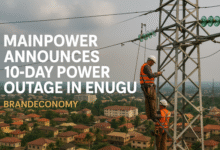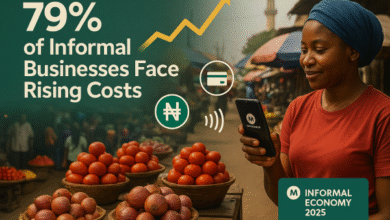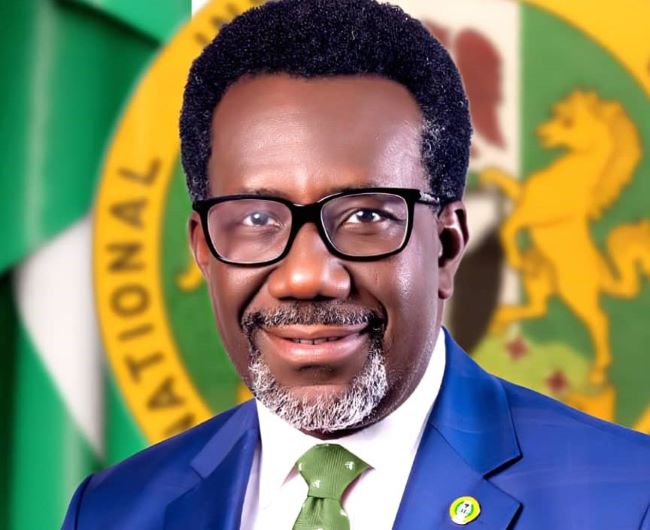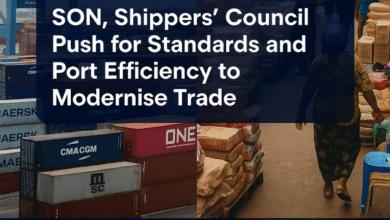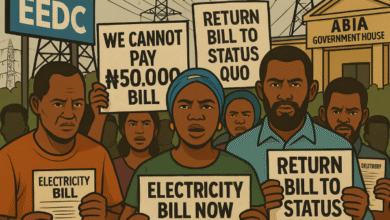AfDB’s New President, Sidi Ould Tah, Sets Bold 100-Day Reform Agenda
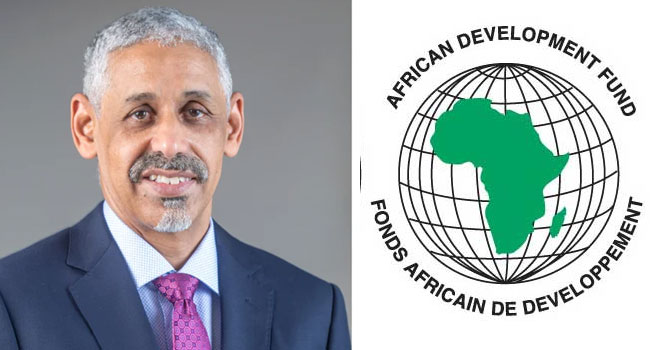
The African Development Bank (AfDB) has entered a new era under the leadership of Dr. Sidi Ould Tah, its ninth president, who has pledged to deliver swift reforms, stronger partnerships, and youth empowerment within his first 100 days.
In his inaugural address in Abidjan, Tah declared that the Bank would reposition itself as a responsive, high-impact institution capable of tackling Africa’s pressing development challenges—from limited access to finance and jobs to infrastructure gaps and industrial competitiveness.
Four Urgent Priorities in the First 100 Days
Tah outlined a four-pronged agenda designed to reset the Bank’s approach and send an early signal of credibility:
- Listening with Intent – engaging shareholders, staff, clients, and partners to align AfDB’s agenda with Africa’s real development needs.
- Fast-Track Reform Agenda – dismantling bureaucratic bottlenecks, accelerating decision-making, and sharpening operational efficiency.
- Deepening Partnerships – scaling collaboration with African institutions, global development partners, and private capital.
- Delivering Real Solutions – prioritising inclusive growth, financial access, industrialisation, and job creation.
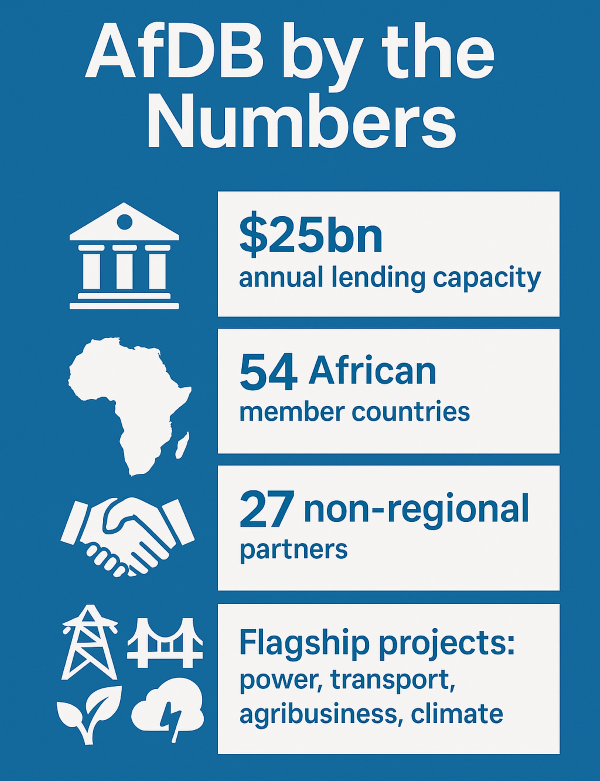
Youth, Women, and the Future of African Development
At the heart of Tah’s message was a strong emphasis on empowering Africa’s youth and women through:
- Access to finance for entrepreneurs.
- Mentorship and technology adoption to harness innovation.
- Practical solutions that convert talent into sustainable jobs.
“Africa is young, ambitious and restless with potential. This is the energy that should be harnessed as the engine of our transformation,” Tah said.
This approach dovetails with Africa’s demographic trajectory, where over 60% of the population is under 25—a potential dividend if properly harnessed, or a ticking time bomb if neglected.
Reforming AfDB for Credibility and Delivery
Beyond rhetoric, Tah acknowledged the perception that AfDB has sometimes been slowed by internal bureaucracy and cautious execution. His commitment is to bridge divides:
- Between public and private actors.
- Between ambition and execution.
- Between urgency and bureaucracy.
For investors and member states, this is a promise that AfDB will shift from being just a lender of record to a development catalyst—mobilising resources at scale, crowding in private investment, and ensuring projects translate into tangible impact.
Political Context and Leadership Transition
Tah, born in Mauritania in 1964, is a seasoned development economist with a Ph.D. in Economics from the University of Nice-Sophia-Antipolis and advanced degrees from Paris VII and Nouakchott.
His election in May 2025, with 76.18% of total votes and 72.37% of regional votes, marked the end of Dr. Akinwumi Adesina’s tenure, widely regarded as a transformative era for AfDB. Tah’s challenge is to consolidate gains while charting a fresh trajectory that ensures AfDB remains relevant in a fast-changing global financial landscape.
BRANDECONOMY Analysis
Dr. Tah’s 100-day blueprint is more than a symbolic pledge—it is a litmus test for whether AfDB can adapt to Africa’s urgent realities.
- For Nigeria and other large economies, success will mean improved access to concessional financing, regional infrastructure integration, and stronger support for SMEs.
- For investors, it will indicate whether AfDB can become a platform for derisking capital in frontier markets.
- For ordinary Africans, it must translate into visible outcomes: more jobs, accessible finance, better infrastructure, and inclusive growth.
BRANDECONOMY Takeaway
The AfDB is at an inflection point. Sidi Ould Tah’s 100-day reforms will set the tone for the next decade of African development finance.
If he succeeds, AfDB will evolve into the Bank of Africa’s Future—bridging divides, mobilising billions, and empowering the continent’s greatest asset: its people.
👉 Would you like me to also design a visual infographic (Tah’s 4 priorities, AfDB by the numbers, and Africa’s youth dividend) so this piece hits even harder on BRANDECONOMY’s digital platforms?





